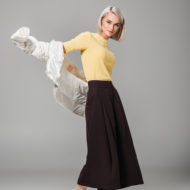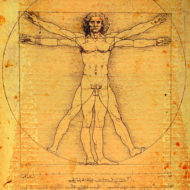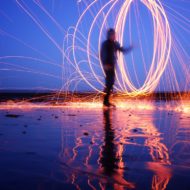I knew Irmgard Bartenieff for seven years – first as her student, then her teaching assistant, then a fellow faculty member. Our lives intersected at many points as we worked together, liberating the Effort/Shape Program from the Dance Notation Bureau and setting up the Laban Institute of Movement Studies.
Across this whole time, I never once saw Irmgard “pull rank.” She out-classed most of her younger colleagues in both intelligence and experience. But she had the marvelous capacity of not only helping us to “see,” but also allowing us to “be seen” and valued.… Read More





